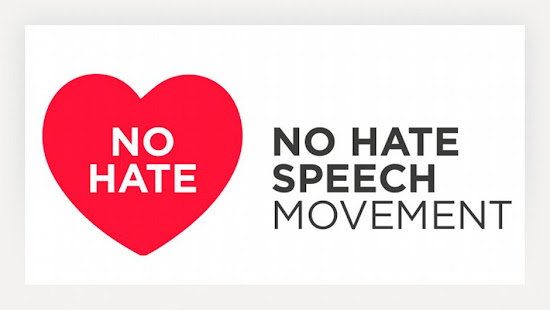
Jennifer Daniel
By THOMAS VINCIGUERRA, The New York Times, December 27, 2008
If you’re fretting that 2008 is about to end, and that another year has slipped by, don’t panic: you do have some extra time on your hands. one second, to be precise.
On New Year’s Eve, the international authorities charged with keeping precise time will add a single second to our lives. It will be the 24th “leap second” since 1972, and the first since 2005.
If that doesn’t sound like a big deal, consider that in one second a cheetah can dash 34 yards, a telephone signal can travel 100,000 miles, a hummingbird can beat its wings 70 times, and eight million of your blood cells can die.
As the saying goes, every second counts. In the case of leap seconds, that is especially true.
Leap seconds are needed to reconcile two very different ways of measuring time. Traditionally, humankind has reckoned time by the spin of the Earth and its orbit around the sun. Under this astronomical arrangement, a second is one-86,400th of our planet’s daily rotation. But because of tidal friction and other natural phenomena, that rotation is slowing down by about two-thousandths of a second a day.
Since the 1950s, however, atomic clocks — which are based on the unwavering motions of cesium atoms — have made it possible to measure time far more accurately, to within a billionth of a second a day. Unfortunately, every 500 days or so, the difference between the time registered on those clocks and time as registered by the Earth’s rotation adds up to about ... well, a second.
So at irregular intervals, the International Earth Rotation and Reference Systems Service, based in Frankfurt, orders that the world’s atomic clocks be stopped for a second. This puts the two systems back in sync — at least until the next leap second.
“It’s an aesthetic thing more than anything,” said Geoff Chester, a spokesman for the United States Naval Observatory. “Life wouldn’t end if we eliminated the leap second.”
Indeed, life might be easier if we did. In our digital world, the smooth operation of everything from A.T.M.’s to the Internet depends on the exactly timed transmission of electronic data. Leap seconds can crash cellphones, G.P.S. receivers, computer networks and other modern conveniences that have not been programmed to expect them. “Leap seconds turn out to be more of a pain in the neck than Y2K ever was,” Mr. Chester said.
That’s why a working group of the International Telecommunications Union, part of the United Nations, has proposed ending the leap second. Conceivably, we could see the introduction of a “leap minute,” slipped in only once every century.
The idea has many critics. One is Judah Levine, a physicist at the Time and Frequency Division of the National Institute of Standards and Technology in Boulder, Colo. “A minute is an intolerably long period of time,” he said. “The only advantage is that it pushes the problem so far into the future that no one is worried about it.”
As it is, the I.T.U. working group proposal has been years in the making. An actual decision on discarding the leap second won’t come until the World Radio Conference in 2011 at the earliest.
Clearly, these things take time.
“I think the leap second is the least bothersome interval,” said Norman Ramsey, emeritus professor of physics at Harvard University, whose work on atomic-beam magnetic resonance helped make cesium clocks possible and won him the 1989 Nobel Prize for Physics. “For most people, it doesn’t make much of a difference.”
Dr. Ramsey said he had no special plans to observe the passage of the upcoming leap second on Dec. 31.
“That’s the beauty of it,” he said, laughing. “I won’t even notice it.”










